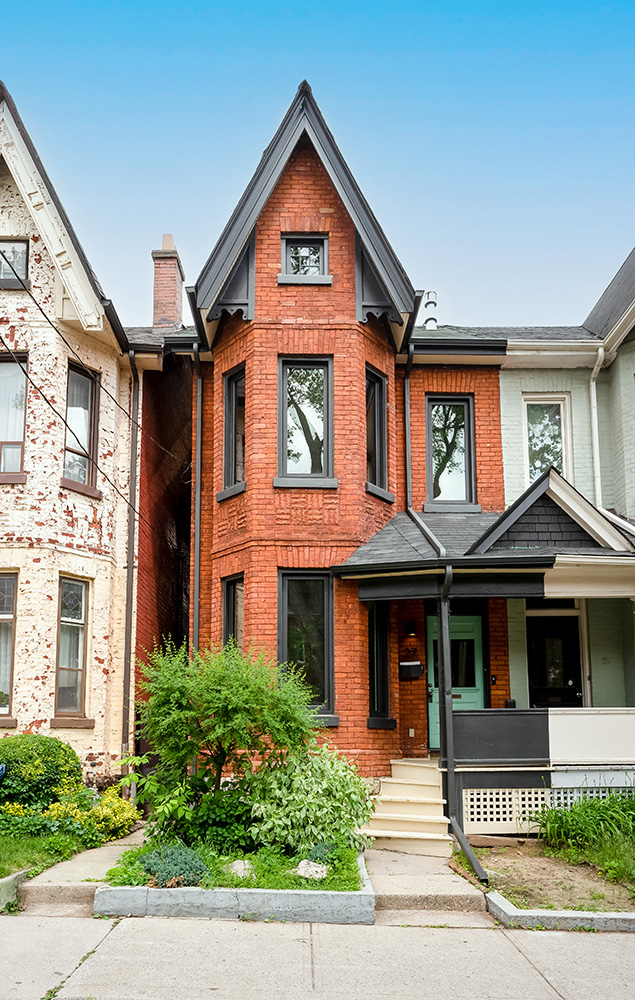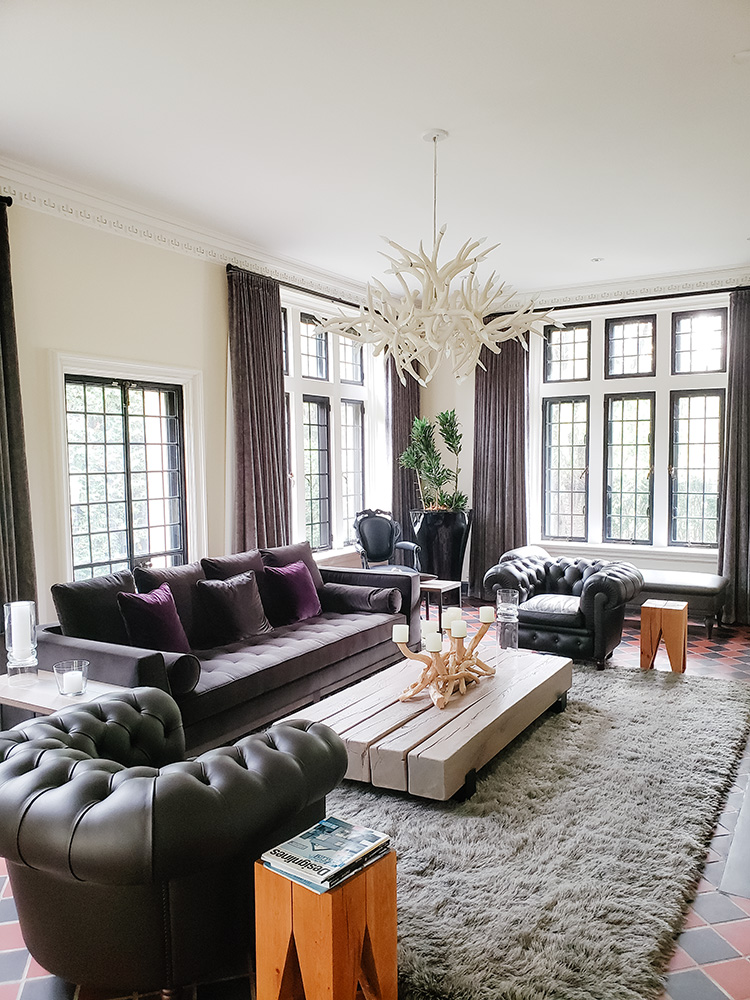Windows play a crucial role in our homes, offering natural light, ventilation, and a connection to
the outside world. When it comes to selecting the right windows, one important consideration is
the material they are made of. The choice of window material affects various factors, such as
durability, energy efficiency, maintenance requirements, and aesthetics. In this blog post, we will
explore the different types of window materials available and delve into their pros and cons to
help you make an informed decision.
Vinyl Windows
Vinyl windows are a popular option because they are affordable and low maintenance. They are made from PVC (polyvinyl chloride) which makes them durable and long-lasting. Vinyl windows are also energy efficient because they are able to reduce heat transfer. Additionally, vinyl windows are resistant to rot, fading, and peeling. Their versatility allows for customization, and they are available in various styles and colours to suit your home’s aesthetic.
However, similar to fiberglass, one drawback is that painted vinyl windows are susceptible to scratching compared to an aluminum-cladding windows.
If the vinyl windows are non-painted, the surface finish is extremely resilient to scratches and damage. In fact, if they get scratched, they can be easily repaired by buffing. Painted surfaces present a different situation, but they can be easily fixed with touch-ups. Therefore, extra caution is needed during installation and maintenance to prevent damage.
Aluminum Windows
Aluminum windows are lightweight, strong, and resistant to weathering. They provide a sleek and modern look to your home. Another benefit of aluminum windows is that they are very low maintenance and can last for a long time. However, aluminum is a good conductor of heat and cold, which can negatively impact energy efficiency.
Without proper thermal breaks, aluminum windows may contribute to heat transfer, frost buildup, condensation, and increase energy costs. Furthermore, some people find the aesthetics of aluminum windows less appealing compared to other materials. They can appear more industrial or commercial in style, which may not suit all architectural designs or personal preferences.
Wood Windows
Wood windows provide a classic and natural look to your home. Wood windows can be painted or stained to match the aesthetic of your home. However, non-cladded wood windows require regular maintenance, including sealing, painting, and protection against moisture, insects, and rot. Compared to other materials, they generally come with a higher price tag and can be susceptible to warping or swelling in humid conditions if not adequately cared for, particularly if they are not manufactured to the highest standards.
Additionally, wood windows may be more susceptible to damage from termites or other wood-boring insects, requiring vigilance and proactive pest control measures. Aluminum-cladded wood windows on the other hand are extremely resilient to the environment and the paint finish is best of breed.
Fiberglass Windows
Fiberglass windows are becoming more popular. Made from reinforced glass fibers and a polymer resin, fiberglass windows offer excellent strength, durability, resistance to extreme temperatures, and resistance to rotting and warping.
Fiberglass windows also come in a wide variety of colours and styles. However, one of the cons of fiberglass windows is that they can be more expensive than other materials and the application of the paint finish sometimes is not as resilient as the process used on other window material products.
Steel Windows
Steel windows are an increasingly popular option for homeowners looking for a strong, durable window material. Steel is known for its strength and resilience to extreme temperatures, corrosion, warping, and rotting. On top of that, steel windows provide excellent energy efficiency due to their tight seals and insulation properties.
Steel windows can provide good energy efficiency if manufactured with a well-engineered thermal break. Additionally, they can be used in both modern and traditional designs to suit any aesthetic preference. However, the cost of steel windows might be higher than other materials like vinyl or wood.
Composite Windows
Composite windows are a combination of materials, such as wood and vinyl or wood and fiberglass. They provide the benefits of both materials, such as energy efficiency, durability, and low maintenance. Composite windows can also come in a variety of styles and colours. However, one of the cons of composite windows is that they can be considerably more expensive than other materials.
Choosing the right window material for your home requires consideration of various factors such as cost, energy efficiency, durability, and maintenance. Vinyl, aluminum, wood, fiberglass, and composite windows are all unique materials with their own pros and cons. Ultimately, the decision depends on your budget, style preferences, and climate. We hope this guide has helped you make an informed decision.
If you’re unsure of which window material is best suited for your home, contact our team of experts for a consultation. We can provide you with more detailed information and facts about the pros and cons of each window material, so you can make an informed decision about which one is right for your property. Our team has years of experience in helping homeowners choose the best window material for their needs. Contact us today to get started!




Leave a Reply